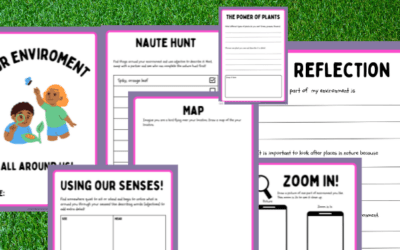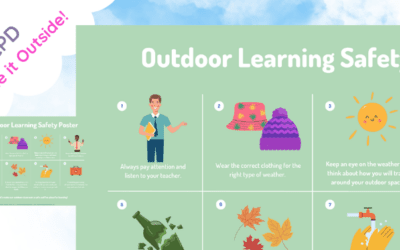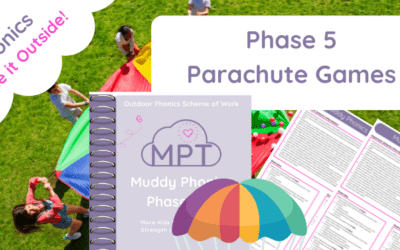Bring excitement, creativity and purpose to your Year Two Big Write writing lessons with this collection of outdoor...
8 Year One Big Write Ideas Outdoors
Nov 23, 2025
Transform your Year One writing lessons with this collection of imaginative outdoor learning activities designed to...
20 Cinderella Outdoor Learning Activities
Nov 21, 2025
Bring a classic fairy tale to life with this magical collection of 20 Cinderella Outdoor Learning Activities, designed...
Nelson Mandela KS1 (Outdoor Lesson Ideas)
Jul 15, 2025
Nelson Mandela KS1 Outdoor Ideas — Inspiring, Active, and Sustainable Learning...
Rosa Parcs (KS1) Outdoor Lesson Ideas
Jun 18, 2025
Use Rosa Parcs (KS1) Outdoor Lesson Ideas to introduce young learners to the powerful story of Rosa Parks with...
6 Florence Nightingale (KS1) Outdoor Ideas
Jun 18, 2025
Inspire young learners with this engaging resource pack featuring 6 outdoor activity ideas themed around the life and...
Food Chains – Outdoors
May 27, 2025
Outdoor Ideas for Food Chains – A Hands-On Approach to Learning Science Teaching food chains is a vital part of the...
Outdoor Learning Ideas (Ropes) KS1
May 17, 2025
Practical, playful and curriculum-linked outdoor learning for Key Stage 1 Bring outdoor learning ideas to life with...
10 Outdoor Valentines Day Lesson Ideas
May 4, 2025
10 Outdoor Valentine’s Day Lesson Ideas Celebrate kindness, connection, and creativity – the muddy way Bring the...
10 Outdoor VE Ideas – KS1
May 4, 2025
Bring history to life with nature-based learning! This downloadable resource offers 10 Outdoor VE Ideas - KS1 designed...
Year 1 Punctuation (Rope Method)
Apr 15, 2025
Year 1 Punctuation Power Pack Make punctuation pop with fun, hands-on learning! Bring the basics of punctuation to...
Environment Science Project
Apr 10, 2025
Inspire eco-awareness and outdoor learning with every page. Designed to complement your outdoor curriculum, the...
Bug Outdoor Learning Scavenger Sheet
Apr 4, 2025
Outdoor Learning Scavenger Hunt Tick SheetInspire curiosity. Explore the outdoors. Learn through play. Make outdoor...
Outdoor Learning Safety Poster
Mar 29, 2025
Outdoor Learning Safety Poster Keep your outdoor learning sessions safe, clear, and confident with our vibrant Outdoor...
Forest School Phase 2 Phonics
Feb 10, 2025
Make Phase 2 phonics fun, engaging, and active with our Forest School Games for Early Literacy. Designed to support...
Phase 5 Phonics Games (Parachutes)
Feb 10, 2025
Phase 5 Phonics Parachute Games – Active Learning for Confident Readers Take Phase 5 phonics outdoors with our...
Phase Four Phonics Games (Parachutes)
Feb 10, 2025
Phase 4 Phonics Parachute Games – Active Learning for Confident Readers Take Phase 4 phonics outdoors with Parachute...
Phase 2 Phonics Games (Parachute)
Feb 10, 2025
Phase 2 Phonics Outdoor Parachute Games – Active Learning for Early Literacy Bring Phase 2 phonics to life with our...
New In

Outdoor Learning at Home: A Parent’s Guide

Year Six Big Write Ideas Outdoors

Year Five Big Write Ideas Outdoors
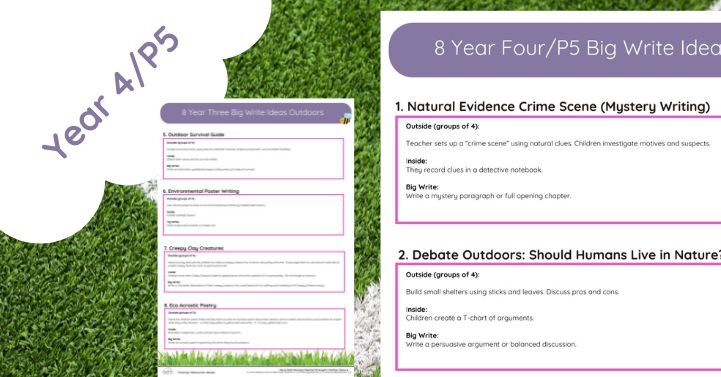
8 Year Four Big Write Ideas Outdoors
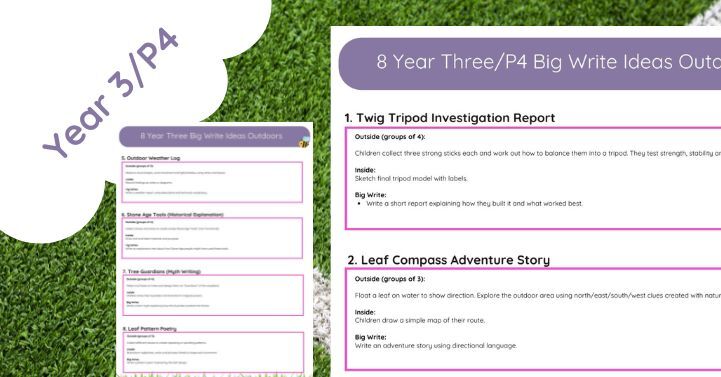
8 Year Three Big Write Ideas Outdoors

8 Year Two Big Write Ideas Outdoors

8 Year One Big Write Ideas Outdoors
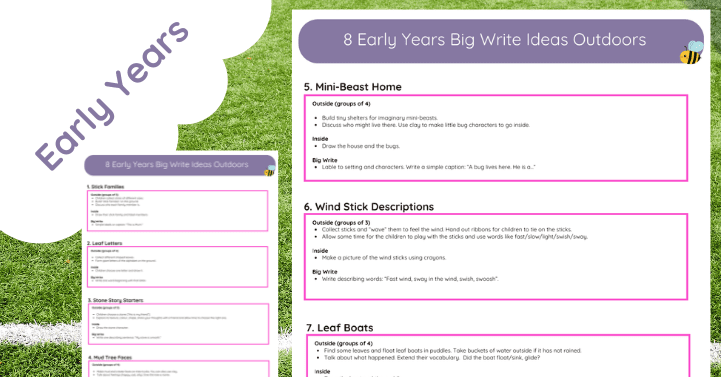
8 Early Years Big Write Ideas Outdoors

Open Day Outdoor Learning Parent Packs ( Muddy Trained Schools)














